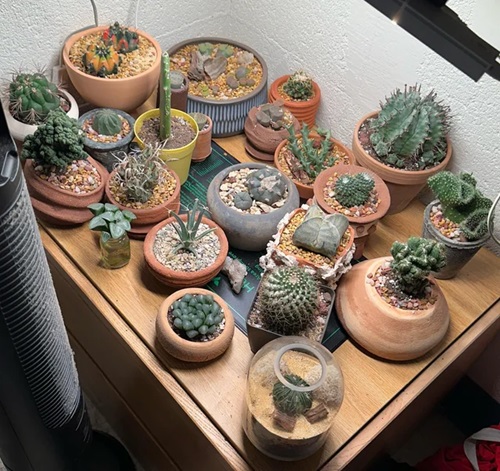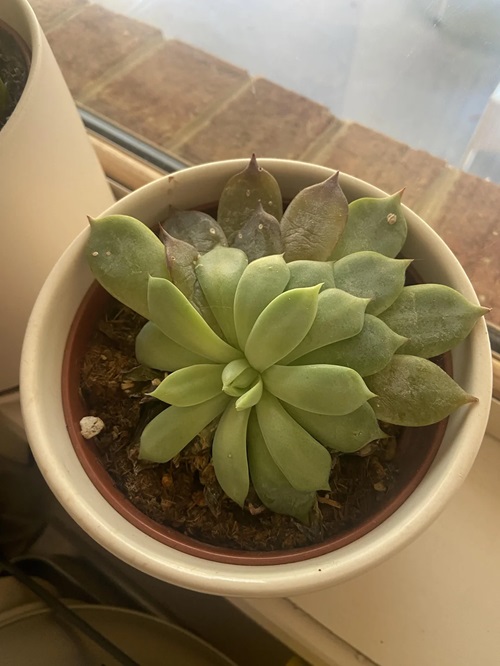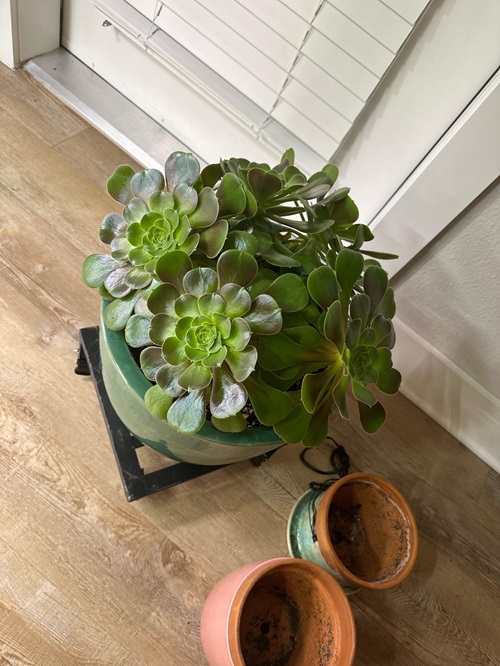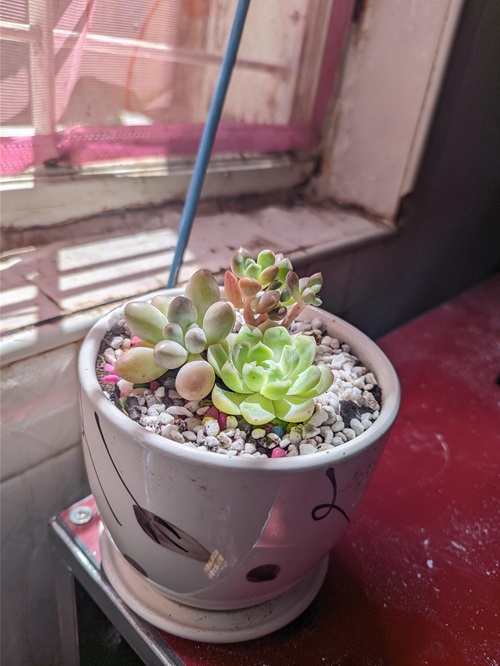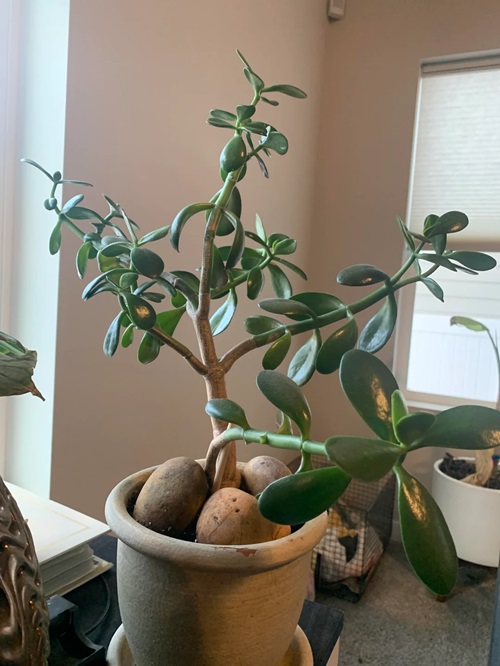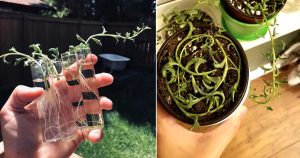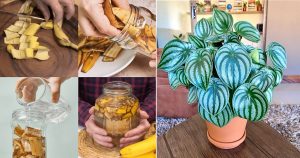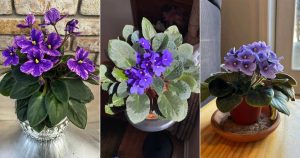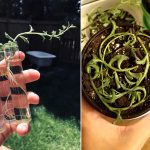Eager to know whether succulents like humidity or not? Learn how dampness affects your succulents and what you can do to keep them happy!
Simply, Humidity is the amount of water vapor in the air, and it tends to rise with temperature. When you step outside on a humid day and feel that sticky moisture, it’s because the air is holding a lot of water. Now, plants feel this too, and succulents are no exception!
So, Do Succulents Like Humidity?
Generally, No. Succulents prefer drier conditions. They naturally come from desert-like regions where the air is dry and the soil stays relatively moisture-free. When humidity is high, succulents may struggle a bit. They can’t absorb water through their leaves, and when there’s too much moisture in the air, they can run into problems like rot or fungal infections.
However, not all humidity is bad! Succulents can handle it as long as it’s not too extreme. The ideal humidity level for succulents usually falls around 40-50%. This gives them just enough moisture in the air without overwhelming them.
Can Humidity Kill Succulents?
Excessive humidity can definitely stress out your succulents. When there’s too much water in the air, it’s like overwatering them. The extra moisture can lead to root rot or attract pests like fungal gnats. In humid conditions, you may also notice your succulent leaves turning mushy or discolored, which are signs of too much water.
But don’t worry too much—short periods of high humidity won’t instantly kill your succulents. They can tolerate some humidity, but you’ll want to watch for signs of stress and act quickly if you notice any.
Succulents That Do Well in Humidity
While most succulents prefer dry conditions, some can handle higher humidity without too much fuss. If you live in a humid climate, these succulents could be a better match for your home!
Aeoniums are a great choice, as they come from regions with more moisture, so they can manage humidity better. Sedums are adaptable, thriving in both dry and humid environments, with some varieties even liking a bit of moisture in the soil.
Crassula, though picky about soil moisture, can tolerate humid air, but you’ll need to watch the soil to prevent overwatering. Finally, Kalanchoes are a good option for humid climates as their thinner leaves make them more suited for absorbing extra moisture, much like houseplants.
How to Manage Humidity for Indoor Succulents
If you’re growing succulents indoors, managing clamminess becomes a little easier with a few simple tricks. Using a dehumidifier is a great way to keep the air dry, especially during humid summers or after rainy spells.
Another easy fix is to run an oscillating fan, which helps with air circulation, giving your succulents that much-needed breeze to prevent them from feeling stuffy. And don’t forget to place them near a sunny window—this not only helps them dry out after watering but also lets them absorb moisture from the air more effectively.
Is Humidity Bad for Succulents?
Not exactly, but too much of it can be a problem. Succulents are desert plants by nature, and their thick, fleshy leaves store water. In high humidity, they don’t get the chance to use up their stored water, which can lead to issues like root rot or even leaf drop.
That said, succulents won’t immediately suffer in humid weather. The key is making sure they aren’t exposed to high humidity for extended periods without proper care. If you’re in a humid area, just follow the tips above, and your succulents should do just fine!
Lastly, Can Succulents Survive in Humidity?
The short answer is Yes, but they won’t necessarily love it. Most succulents prefer drier air, but with the right care and adjustments, they can tolerate humidity for short periods. Just choosing humidity-tolerant varieties and managing airflow will help keep your plants happy.
Have you experienced growing succulents in humid environments? Share your tips and experiences in the comments!

